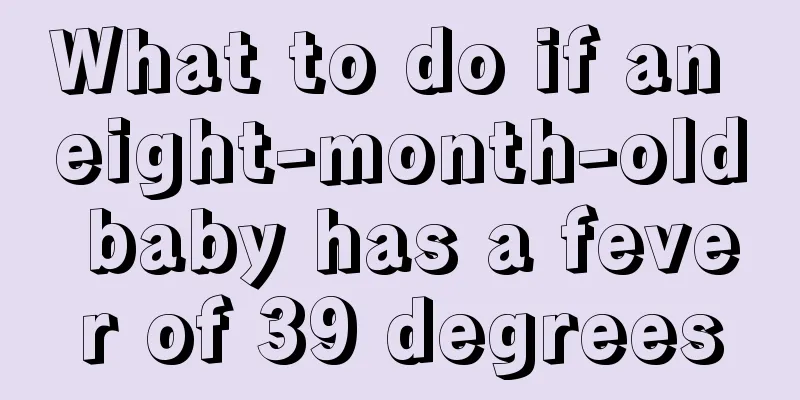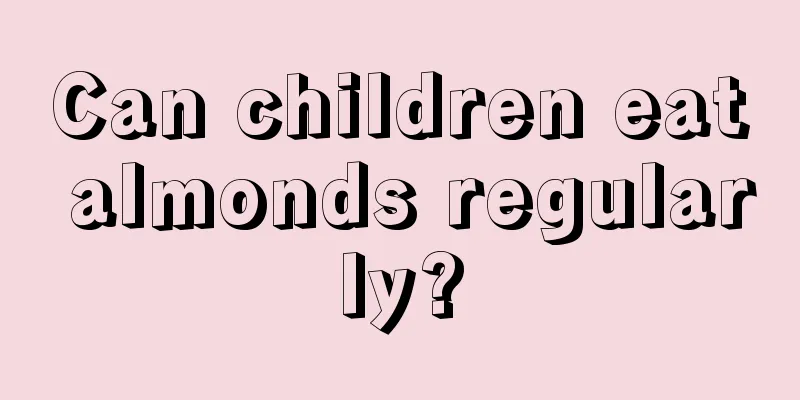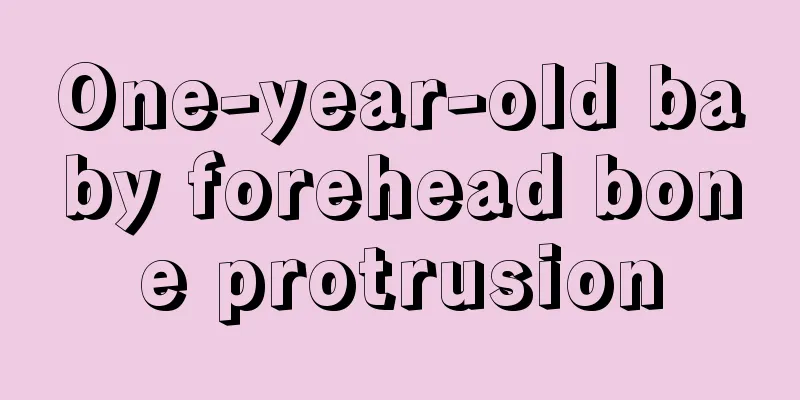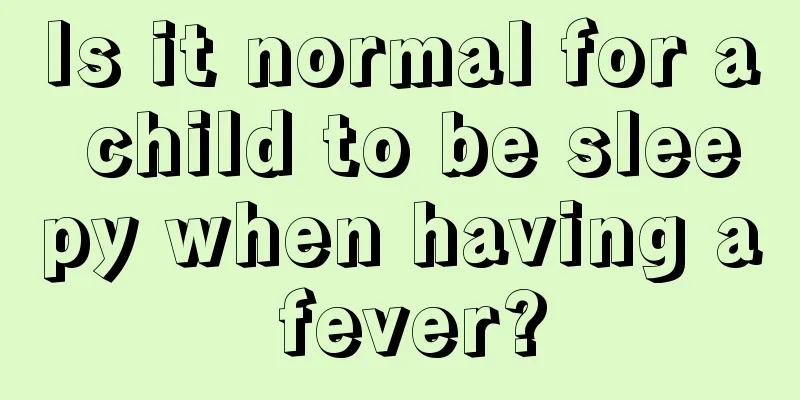Is blood type inherited from the father or mother?
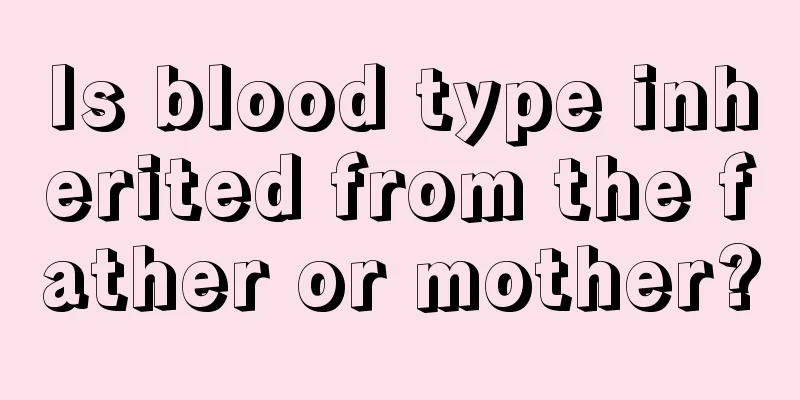
|
In fact, blood type is a representative symbol and does not have much function. The main purpose of blood type is to determine who a person's blood type is similar to, so that timely precautions can be taken during blood transfusion. There are many types of human blood types, but not everyone has them, and examinations need to be done based on personal physical conditions. Blood type is a classification based on the differences in homologous antigens on the surface of human red blood cells. Due to the different agglutinogens contained in human red blood cells, blood is divided into several types, hence the name blood type. Blood type is based on a person's red blood cells There are many types of human blood types, and each blood type system is determined by genetic factors and has immunological characteristics. The most common blood type system is the ABO blood type, which is divided into four types: A, B, AB, and O; the second is the Rh blood type system, which is mainly divided into Rh positive and Rh negative; and the third is the MN and MNSs blood type systems. According to current clinical tests at home and abroad, there are more than 30 types of human blood types. Human blood type is hereditary. When the blood type genes of both parents combine in the sex cells of both sexes, they can pair up in the chromosomes of the cell nucleus, thereby passing the blood type genetic characteristics to offspring. Different blood types have different genetic genes: The genetic gene for type A blood can be the combination of A and A of both sexes to form AA, or it can be the A gene of one sex combined with O of the other sex to form AO. But no matter whether it is AA or AO, the blood type that is displayed is type A, and O is a recessive genetic gene and cannot be expressed. The genetic genes of type B blood are similar to those of type A blood. Some are BB, some are BO, but all that appear are B. The genetic genes of AB type and O type blood are consistent with the blood type they express, AB type is AB and O type is OO. From this we can see that if the father and mother are type A or type B blood, their children may be type A or type B, but they may also be type O, because type A or type B both contain the recessive genetic gene O. When the O in the father's genetic gene combines with the O in the mother's genetic gene to form OO, it manifests as type O. The various genetic genes of the parents' blood types will be recombined when the two sexes combine, and then reorganized to form the various blood types of their children. There is a certain blood relationship between children and their parents' blood types, but they are not necessarily the same. |
<<: Is height inherited from the father or the mother?
>>: Whose blood type did my daughter inherit?
Recommend
What are the dangers of blue light exposure for infant jaundice?
If the baby has physiological jaundice, no treatm...
How much artificial feeding should a newborn baby receive?
When newborns are born, they are very light and t...
What to do if your child has hunchback?
Hunchback in children is the same as hunchback in...
The 40-day-old baby keeps farting
Newborns are prone to farting after birth, and we...
ADHD
ADHD is a disease that occurs more frequently in ...
How to treat cerebral palsy in premature infants?
In life, many premature newborns are not well ada...
What is the reason for children blinking frequently?
What is the reason why children blink frequently?...
Why is my child always panting?
Children are a group we need to pay attention to....
Children's foot valgus
Children are very likely to have valgus in their ...
What causes stomachache in children?
Children's stomachache may be caused by intes...
What to do if your baby develops a rash after the fever subsides
The situation where a baby develops a rash on his...
Simple and convenient dishes that children love to eat
Being naughty and lively is the nature of childre...
Why is there foam in the stool of a 50-day-old baby?
The baby's diet for 50 days is still mainly b...
What should I do if my child hits his chin and has a protrusion on the bone?
Because children are naturally active, it is inev...
What should I do if my child’s skin is broken and becomes inflamed? Should he take anti-inflammatory drugs?
Children are particularly naughty, so some of the...

